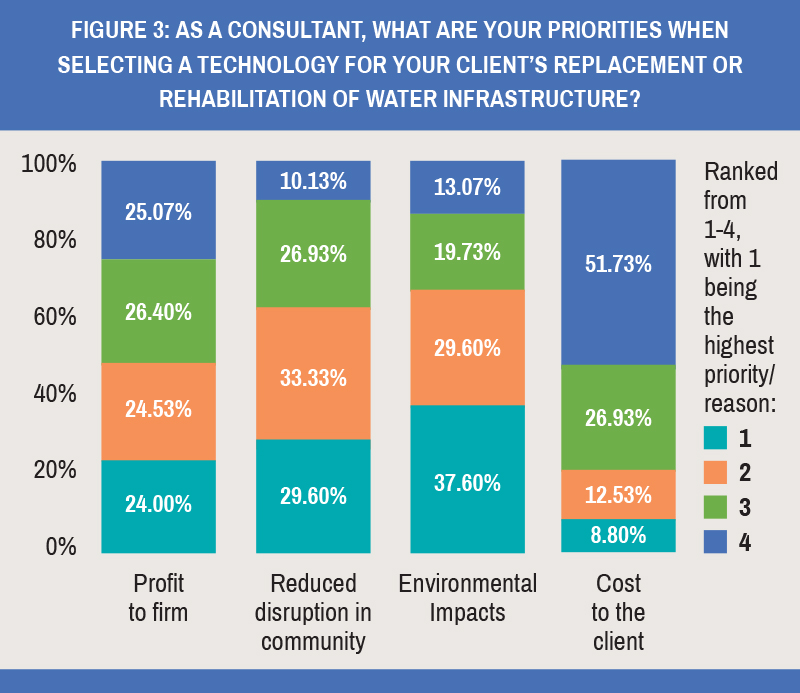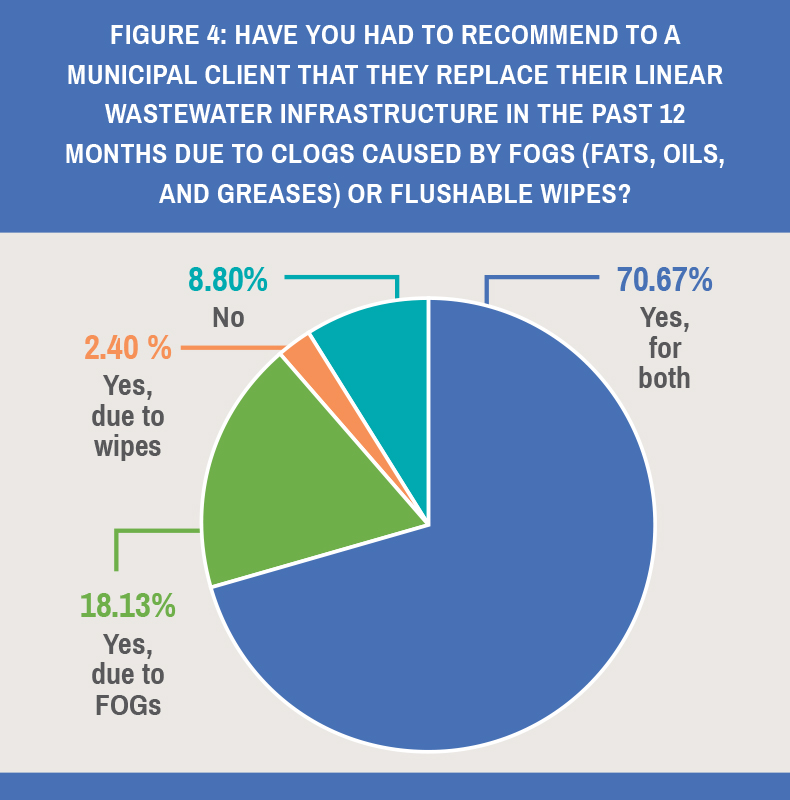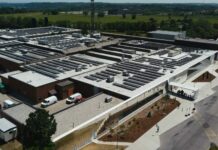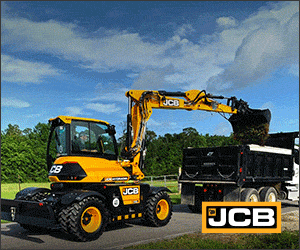Survey says environmental considerations are a major factor for asset renewal strategies in Canada.
By Simran Chattha and Connie Vitello
In this second part of a two-part feature on linear water infrastructure renewal, ReNew Canada reveals the results of a comprehensive survey on current practices and opinions related to the management, design, and procurement of linear public sector water infrastructure in Canada.
Click here to review the full survey.
Respondents revealed that environmental considerations are poised to play a pivotal role in the decision-making for future asset renewal strategies.
Engineers and consultants from across the country weighed in to provide expert perspective on renewal options—mainly rehabilitation and replacement—that can be implemented, independently, or jointly. They also provided insight into the priorities involved in the decision-making process and other pressing water infrastructure issues.
When it comes to linear water infrastructure, how do municipalities and water infrastructure owners decide how to rebuild or renew their pipelines? What are their key priorities and concerns?
Our research in part one indicated that a variety of factors traditionally impact decisions around linear water infrastructure renewal, including:
- Project objectives (age and size of the renewal project and nearby developments);
- Site constraints (such as a sensitive surface structure or geographic challenges);
- Schedule timeframes (emergency service versus planned project); and
- Client budgets.
However, our research also revealed an increasing awareness of indirect costs that are coming into play. These include impacts to trees, interference with neighbourhoods, traffic congestion, idling traffic emissions, and disruption to business patterns.
The survey, which included responses from 375 participants, echoed our research findings in many ways and illuminated the growing appreciation and application of green solutions and water quality protection.
Lead infrastructure
When conducting watermain renewal or rehabilitation an alarming number of respondents indicated that they often encounter lead infrastructure, with 45.33 per cent selecting “sometimes” and 43.33 per cent selecting “regularly.”
This could be due to the fact that many utilities don’t know where many lead pipes are located because the information is not available or is not complete. Utilities are starting to use new approaches, like artificial intelligence, to determine where lead pipes might be located. Once utilities determine where lead pipes are located, they will be in a better position to address ongoing concerns (e.g., impacts on health) associated with lead pipes.
Open-cut versus trenchless excavation solutions
When working with municipal clients on linear water infrastructure renewal projects, respondents most often recommend a roughly even split between full open-cut replacement and trenchless excavation solutions. A majority of respondents indicated a preference for a combination of methods (31.73 per cent). (See figure 1)

Selecting a technology
There was a relatively balanced response when it came to consultants’ main priorities for selecting a technology for a client’s replacement or rehabilitation of water infrastructure. There was a close tally between the following priorities:
- Profit to the firm
- Reduced disruption in the community
- Environmental impacts
- Cost to the client
Once again, the environmental consideration was the top concern. (See figure 3)

Waste management woes
Yet the lack of awareness about environmental risks to linear water infrastructure systems persists. A vast majority of respondents have had to recommend that municipal clients replace their linear wastewater infrastructure in the past 12 months due to clogs caused by FOGs (fats, oils, and greases) or flushable wipes. (See figure 4)

Environmental benefits
Finally, when discussing linear water infrastructure projects with clients, do consultants ask clients to consider environmental benefits of a technology when selecting a method of replacement versus rehabilitation?
An overwhelming majority of respondents (96 per cent) indicated that environmental benefits are a concern for clients.
Concluding thoughts
The results of this survey indicate strong preference for green and innovative linear water infrastructure technologies and should give consultants and engineers across Canada the confidence to encourage clients to see assess the big picture—the direct and indirect costs—when deciding on infrastructure solutions.
Simran Chattha is the editor of Water Canada magazine.
Connie Vitello is a regular contributor to ReNew Canada.
















